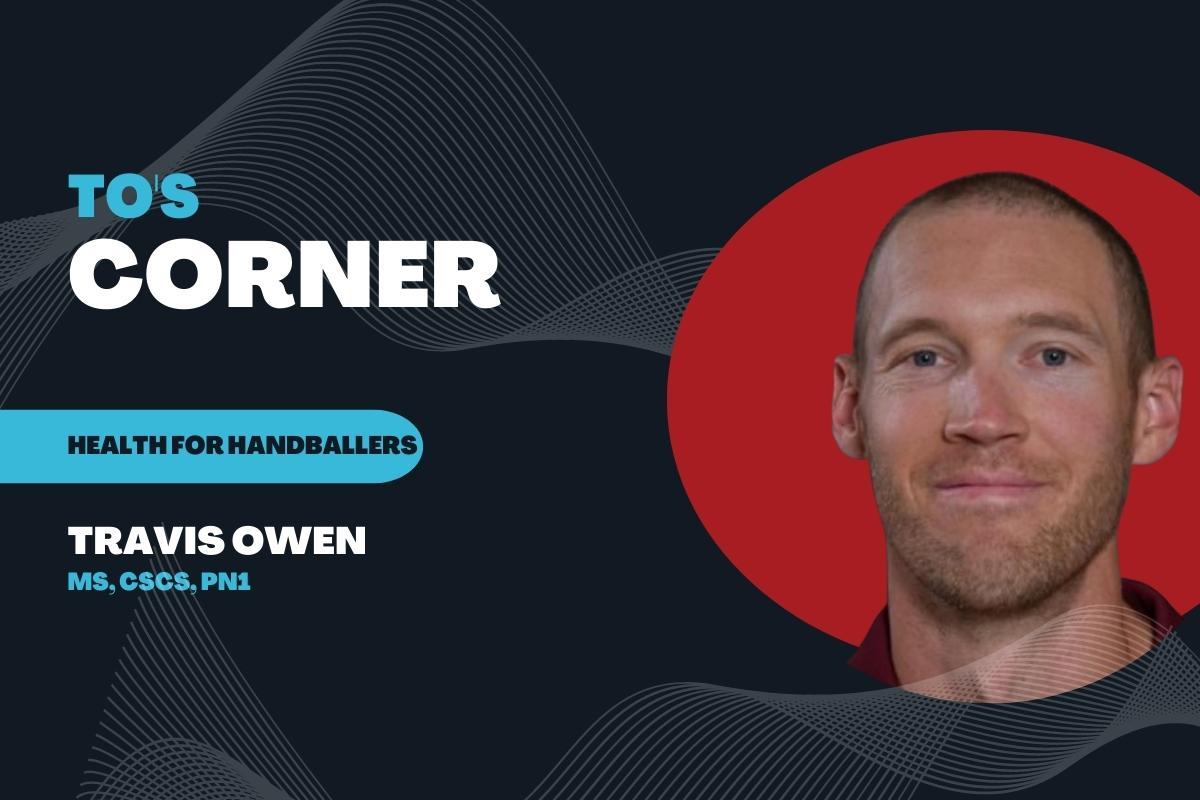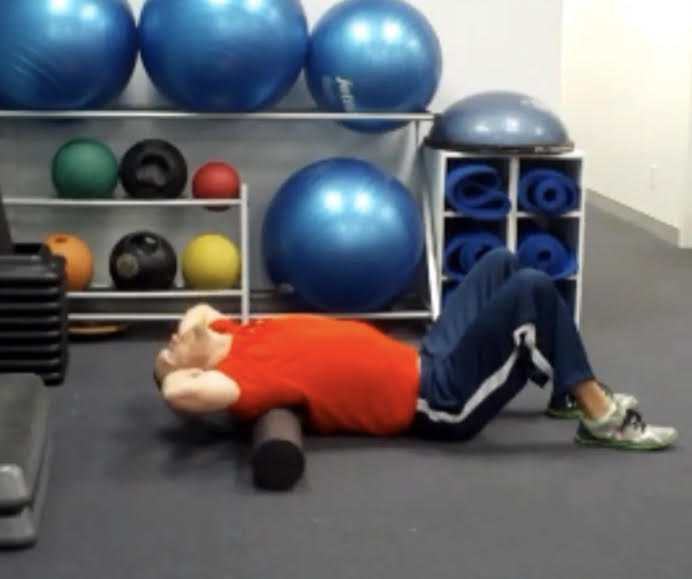Handball Training: Shoulder Health, Posture, & the Rotator Cuff
By Travis Owen, MS, CSCS, PN1
What exactly is posture and how does it tie into shoulder health? As any functional anatomy course will cover, “posture dictates function.” In other words, posture is a reflection of which muscles are pulling either more or less on the bones they’re attached to. Thus, certain postures are intertwined with particular muscles being weakened, or others being relatively too tight. Sometimes this is something we feel (e.g. muscle tightness), and sometimes it’s not, as usually is the case with weakened muscles, where we simply perform worse than ideal while putting ourselves at higher risk of injury as well.
One good example of a weakened muscle group and how it can be related to, and affect posture, is getting too rounded at the shoulders, the classic “winged scapula.” The upper back, particularly the muscles attached to the scapula (rhomboid muscles, trapezius, etc.) have become weakened over time causing the scapula to drift further away from the spine. This is common in handball players, and this particular posture makes it so that our rotator cuff is in a poor position to operate. This is why if you purposefully hunch over at the upper back and try to lift your elbows as high as you can (like the chicken wing dance), they won’t go nearly as high as if you were to straighten your spine and do the same thing. In the latter example, you’re giving your shoulder capsule “room to operate,” so the cuff can function properly.
Generally, this can be improved through two means:
1) Mobilizing the upper back/T-Spine
2) Following these mobilization drills with upper body strengthening, pulling exercises.
T-Spine Extensions Over a Foam Roller, one of my favorite upper back mobilizers
If you’re not regularly performing upper body pulling exercises to keep your upper back strong and your thoracic spine mobile, it’s just a matter of time before your performance on the court diminishes and/or you run into injuries. Oftentimes we don’t even necessarily get injured at the particular joint or muscle/tendon that’s been weakened, but instead at the surrounding areas which have to “pick up the slack” of the weak spots, so that we can still perform the movement. For example, it’s common to experience elbow issues if there’s shoulder instability, usually due to rotator cuff weakness or poorly positioned scapula. There is considerable stress on the elbow anyway with a handball swing (just like a baseball pitcher, hence elbow issues being so common in pitchers), thus it’s even more important to keep the shoulders healthy to protect the elbow.
Given that, let’s touch on rotator cuff health. Of course, if the upper back is already weak and too rounded, as discussed earlier, that needs to be worked on as well due to the rotator cuff being in a poor position to function in the first place. But just because you’re focusing on one thing, doesn’t mean you can’t focus on another! Performing some T-Spine mobilizations, upper back pulling exercises, and then say finishing a workout with rotator cuff work is an excellent way to get on the right track for shoulder health. Remember, this not only helps with injury prevention, but also performance, which can mean hitting the ball harder, recovering quicker, and simply accruing less stress on the surrounding joints, muscles, and tendons that otherwise would need to make up for a dysfunctional rotator cuff / shoulder joint.
A few of my favorite and basic rotator cuff strengthening exercises are Side Lying Shoulder External Rotations and Half or Full-Kneeling Shoulder External Rotations. If you have light weight (e.g. 2.5 lbs.) it’s best to start there, and there’s no need to go too much higher than around 5 lbs. (this of course depends on the strength of the individual), since the cuff is a combination of pretty small muscles/tendons. Because the weight will be light, and the muscles are small, it’s best to stay in the higher rep range and not overload too much with volume. 2-3 sets… maybe 4 depending on how your workout routine looks, and 8-12 reps is sufficient, just a few times per week. Make sure to keep the arm as close to 90 degrees as possible, and don’t let the shoulder “drift forward.” In other words, even if you’re laying down, make sure you feel like you’re “standing tall” with your shoulders back.
For these exercises, it seems better to use dumbbells or small rounded plates (or even pulleys/cables), rather than bands. Bands can be great for other movements, but in this case the tension on the band will be at its maximum when the external rotation of the humerus is at its biomechanically least advantageous position. And if you simply reversed the movement to take this disadvantage away, it would become internal rotation- which is a little less of a general issue for handball players than external rotation (as that elbow “layback” is the most pronounced movement in the handball swing). Don’t get me wrong- bands would still be better than nothing, but if you have a gym or small dumbbells at your disposal, you might as well use those- or a pulley cable machine- to keep the tension consistent throughout the movement.
Rotator cuff health will benefit the shoulder joint as a whole, as the main job of the rotator cuff is to stabilize the ball in the socket of the shoulder joint! This, combined with pulls to strengthen the upper back, and mobility exercises for the upper back/thoracic spine, are all great ways to not only improve your performance on the court, but hopefully ensure you stay on the court by minimizing risk of injury to key areas that tend to take on a lot of stress in handball.
 Travis Owen is the founder of his training service Travis Owen Performance (T.O. Performance) and has been involved with handball since picking it up in college in 2005. CSCS Certified through the National Strength & Conditioning Association and having earned his Master’s degree in 2011, Travis has been training individuals of all types for over 10 years. With an initial focus on softball & baseball athletes, Travis is starting to expand his reach to handball players and would like to elevate the game by providing articles and videos, as well as program design or training for anyone interested.
Travis Owen is the founder of his training service Travis Owen Performance (T.O. Performance) and has been involved with handball since picking it up in college in 2005. CSCS Certified through the National Strength & Conditioning Association and having earned his Master’s degree in 2011, Travis has been training individuals of all types for over 10 years. With an initial focus on softball & baseball athletes, Travis is starting to expand his reach to handball players and would like to elevate the game by providing articles and videos, as well as program design or training for anyone interested.
If you are looking for exercise programs or have any questions, contact Travis by email at owenperformanceTO@gmail.com, or visit travisowenperformance.com











